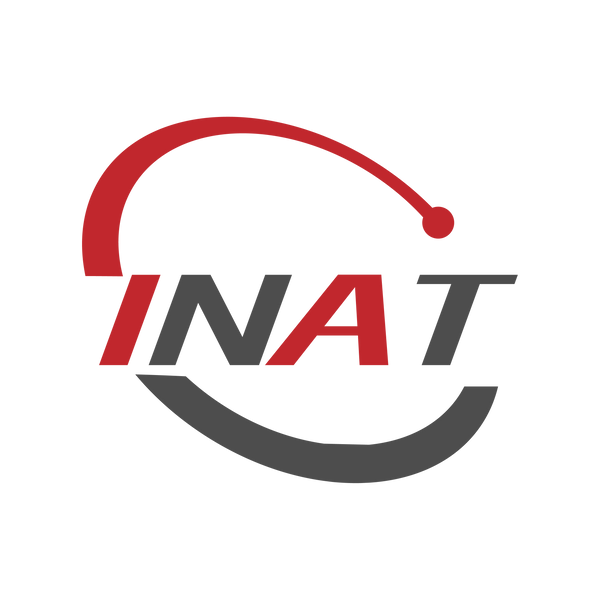
How many types of turbos ?
Share
The turbocharger is a precision engine component and its key function is to increase the air intake of the engine, which will increase the power and torque of the engine and make the car more dynamic. There are six main turbocharger designs, each with its advantages and disadvantages.
Single Turbo
A single-turbo setup is most common on inline engines because all the exhaust ports are on one side of the engine. A large single turbo can produce as much boost as twin turbos, if not more. The price of maximum power output is a higher boost threshold, resulting in a narrower power band.
Twin Turbo
Twin turbo is usually installed on V-shaped engines with two rows of exhaust outlets. Most of the time, the turbochargers will be mounted on each side of the engine bay, except for engines with a hot-vee layout, which places the turbochargers in the engine valley. Two turbos allow for the use of a smaller turbo, which broadens the powerband and improves low-end torque due to a lower boost threshold.
Twin Scroll Turbo
By using two independent turbine exhaust paths, the negative pressure effect caused by valve overlap reduces performance degradation. Pairing discontinuous firing cylinders helps eliminate exhaust gas velocity disturbances. It improves performance compared to a single-scroll turbine. Engines not originally designed with twin-scroll turbochargers will also require new exhaust manifolds to be compatible.
Variable Twin Scroll Turbo
The Variable twin scroll turbo builds on the performance gains of the twin-scroll turbine by adding a second turbine. The turbines can be operated independently to maximize exhaust velocity or simultaneously to produce maximum power. When the throttle position reaches a certain point, both turbines operate at higher engine speeds. The variable twin-scroll turbocharger combines the advantages of small and large turbines while eliminating their disadvantages.
Variable Geometry Turbo
Adding adjustable blades around the turbine allows variable geometry turbines to deliver a wide power band. At low engine speeds, the blades are mostly closed, allowing the turbocharger to spin quickly. The blades open at high engine speeds to reduce restrictions that would otherwise result in reduced engine redline performance. Variable geometry turbos provide superior performance at the cost of increased complexity and more points of failure.
Electric Turbo
An electrically assisted turbine helps the turbine spin. It does this when the engine is running at low RPM and is not producing enough exhaust gases to spin the turbine efficiently. Electric turbochargers add complexity and weight because an electric motor with an additional battery is required.
Some turbochargers run on electricity alone, but they are still in the early stages of development and cannot match the power output of an exhaust turbocharger. The number of batteries required to power the electric turbines is significant, adding to the weight and complexity of the car. Manufacturers use small electric turbines to help lower the boost threshold of larger exhaust turbines.
INAT Auto Parts specializes in producing high quality dual ball bearing turbocharger, including GTX2806R, GT3582R turbo, GT3X3076R turbo, and so on. They can increase the output power of the internal combustion engine or improve fuel economy at the same output power. Proper use of a turbocharger can make your car faster.
